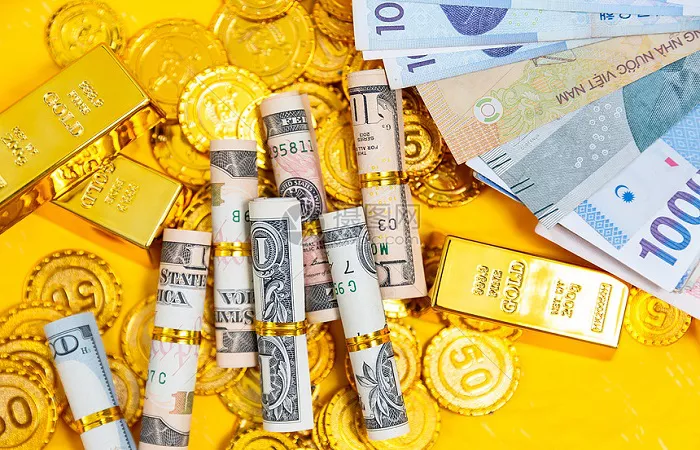Gold prices have surged dramatically in 2025, up 15% year-to-date, hitting record highs. In response to persistent macroeconomic risks, Wall Street’s major financial institutions, including Goldman Sachs and Bank of America (BofA), are once again revising their gold price forecasts upward, signaling strong support for the precious metal amid rising global uncertainties.
On March 26, Bank of America raised its average gold price forecast for 2025 to $3,063 per ounce, up from its previous projection of $2,750. Additionally, the bank lifted its 2026 gold price forecast to $3,350 per ounce from $2,625, citing ongoing geopolitical tensions and the uncertain trajectory of U.S. trade policies as key factors that will continue to support gold prices in the near term. BofA’s revised forecast comes as gold is trading at approximately $3,030 per ounce on March 27, reflecting a 6% increase since the beginning of March alone.
Meanwhile, Goldman Sachs, which recently adjusted its gold price target to $3,100 per ounce for the end of 2025, has also raised its outlook, now predicting a rise to $3,300 per ounce by the end of 2025. Goldman’s updated target is driven by stronger-than-expected demand from central banks and robust inflows into gold-backed exchange-traded funds (ETFs). The bank pointed out that official sector gold demand could average 70 tons per month in 2025, up significantly from its earlier estimate of 50 tons. This uptick in central bank purchases, particularly from countries like China, is expected to be a major factor in gold’s continued rise.
Goldman noted that central bank gold buying has nearly quintupled since the U.S. froze Russia’s foreign reserves in 2022, and China’s aggressive gold accumulation is likely to continue over the next several years. This shift in global gold demand has put upward pressure on prices, with central banks becoming major players in the precious metals market.
ETF inflows, traditionally linked to expectations around Federal Reserve policy rates, have also remained strong despite fluctuations in interest rate expectations. Goldman emphasized that during periods of heightened macroeconomic uncertainty, such as the COVID-19 pandemic, ETF inflows can far exceed forecasts. In its most optimistic scenario, if hedging demand accelerates and ETF holdings return to the peak levels seen during the pandemic in 2020, gold prices could surge to $3,680 per ounce by the end of 2025.
Market Sentiment and Key Drivers
Gold’s price rally is driven by multiple factors, including fears of inflation, the global trade war, and the uncertain outlook for U.S. monetary policy. The ongoing geopolitical tensions and trade disruptions, particularly those related to U.S. tariffs and global trade relations, have created an environment where investors are turning to gold as a safe haven. Additionally, central banks are increasingly holding gold as a strategic reserve asset, further tightening the supply of the metal and supporting prices.
As geopolitical risks and economic uncertainties continue to unfold, gold is expected to remain a strong performer, with analysts predicting it could reach even higher levels depending on the evolution of macroeconomic conditions. With Wall Street’s top banks revising their forecasts, gold remains a key asset in global financial markets, offering a hedge against inflation, currency devaluation, and geopolitical instability.
As of now, the price of gold is trading at $3,030 per ounce, reflecting a significant rise in the first quarter of 2025. Analysts will continue to monitor developments surrounding U.S. trade policies, central bank actions, and global economic performance as key factors that will influence gold prices moving forward.
Related topics:
- India Surpasses China in Gold Purchases, Buying 51% More in Three Months
- Qilu Bank Enhances Support for Small Businesses with Innovative Financial Tools
- Bitcoin Poised for a Surge Amid Gold’s Delivery Delays, Expert Claims


